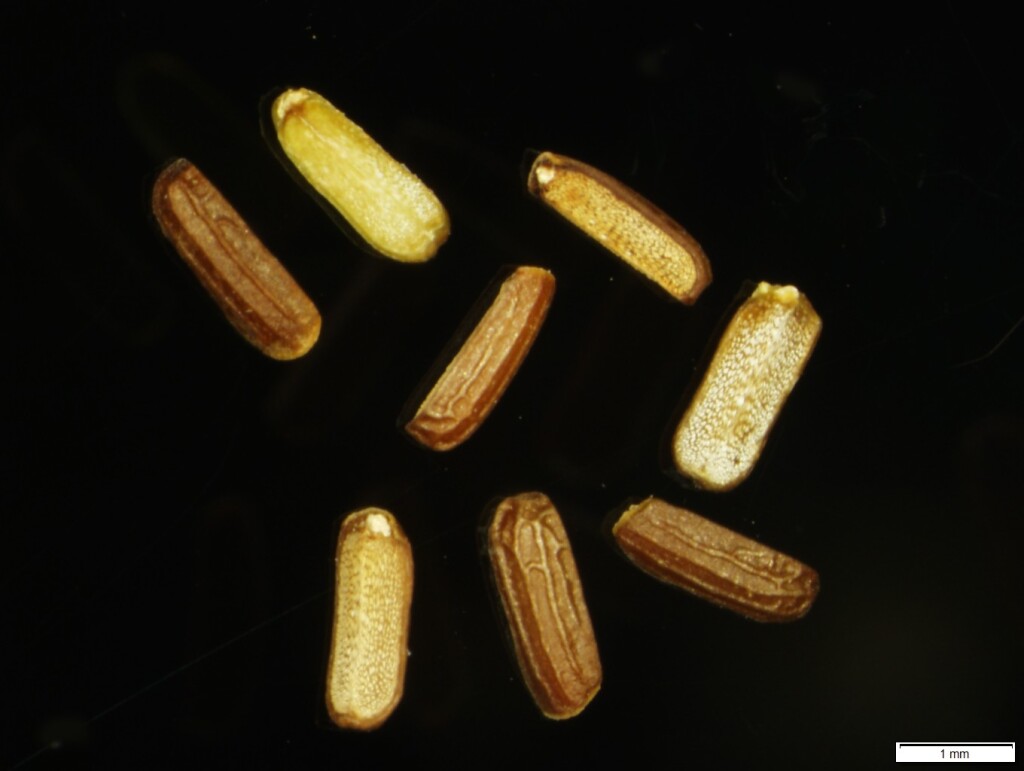Verbena officinalis
L. Common VerbenaHerb 0.3–1(–1.5) m high; branches erect, quadrangular, with or without glands, scabrous or pubescent when young, becoming glabrescent to glabrous and smooth. Leaves sessile to subsessile; lower leaves variously incised, lobed, serrate, 1- or 2-pinnatifid or pinnatisect, lamina (1.5–)2–8(–12) cm long, (0.5–)1–4(–5) cm wide; upper leaves entire or shortly lobed or serrate, smaller than lower leaves, narrow-linear, base attenuate or cuneate, apex acute. Inflorescence a lax terminal panicle with long branches ending in a spike. Bracts shorter than or as long as calyx, with peduncle, bracts and calyx with or without glands. Calyx 5-toothed, 2–3.5(–4) mm long. Corolla light blue, purple, bluish-purple, mauve, pale pink to lilac, violet or lavender, to 2 times as long as calyx; tube 3–4(–5) mm long. Mericarps 1.5–3.5 mm long.
MuM, Wim, GleP, VVP, VRiv, MSB, RobP, MuF, GipP, OtP, WaP, Gold, CVU, DunT, NIS, EGL, EGU, HSF, HNF, Strz, MonT, VAlp.
Michael (1997a) recognised Verbena officinalis var. africana and Verbena officinalis var. gaudichaudii at the rank of species, however, these taxa and other taxa are here included within Verbena officinalis at the rank of variety because they differ chiefly in the size of the spikes and flower parts and the dentation of their leaves, which are features that display intermediates between the taxa (Munir 2002).
Verbena officinalis is represented in Victoria by five varieties, two of which are most likely native and three introduced.
Conn, B.J. (1999). Verbenaceae. In: Walsh, N.G.; Entwisle, T.J., Flora of Victoria Vol. 4, Cornaceae to Asteraceae, pp. 411–418. Inkata Press, Melbourne.
 Spinning
SpinningMichael, P.W. (1997). Notes on Verbena officinalis sensu stricto and V. macrostachya (Verbenaceae) with new combinations in two closely related taxa. Telopea 7(3): 293–297.
Munir, A.A. (2002). A taxonomic revision of the genus Verbena L. (Verbenaceae) in Australia. Journal of the Adelaide Botanic Gardens 20: 21–103.





